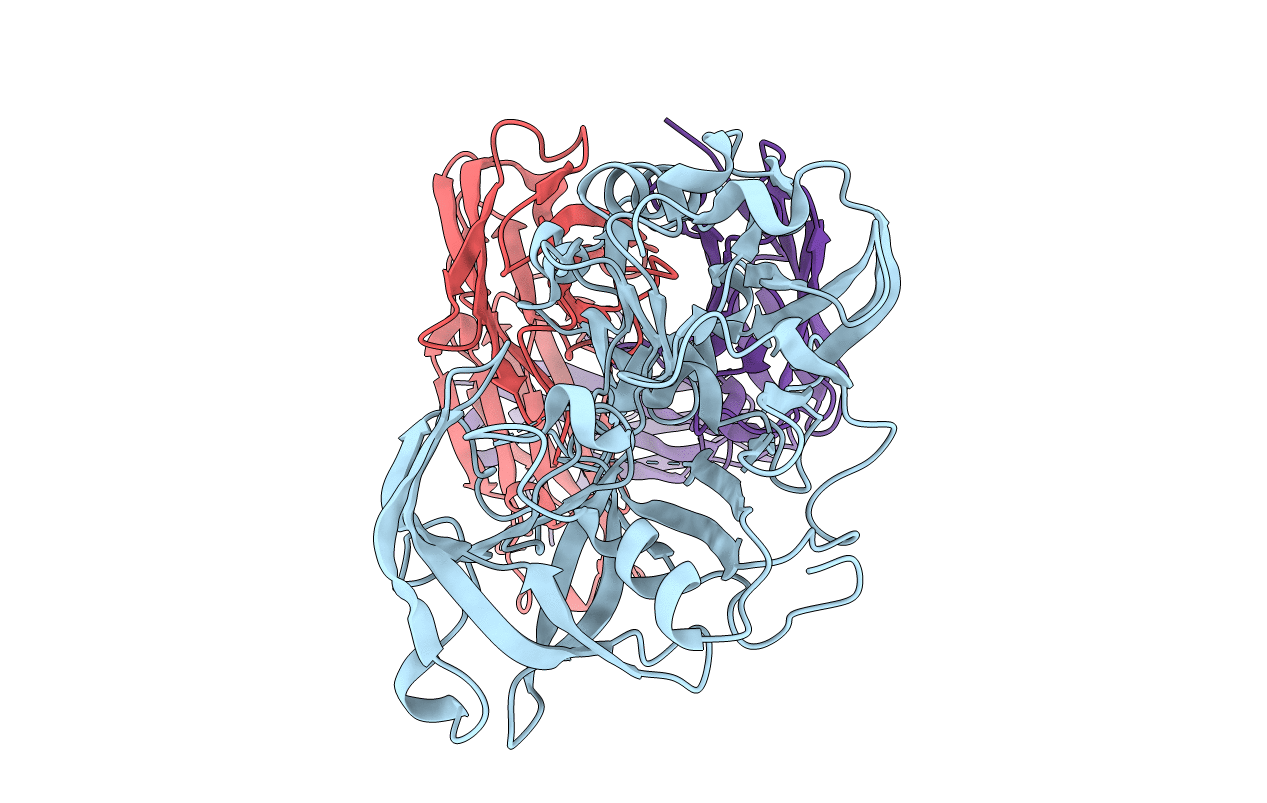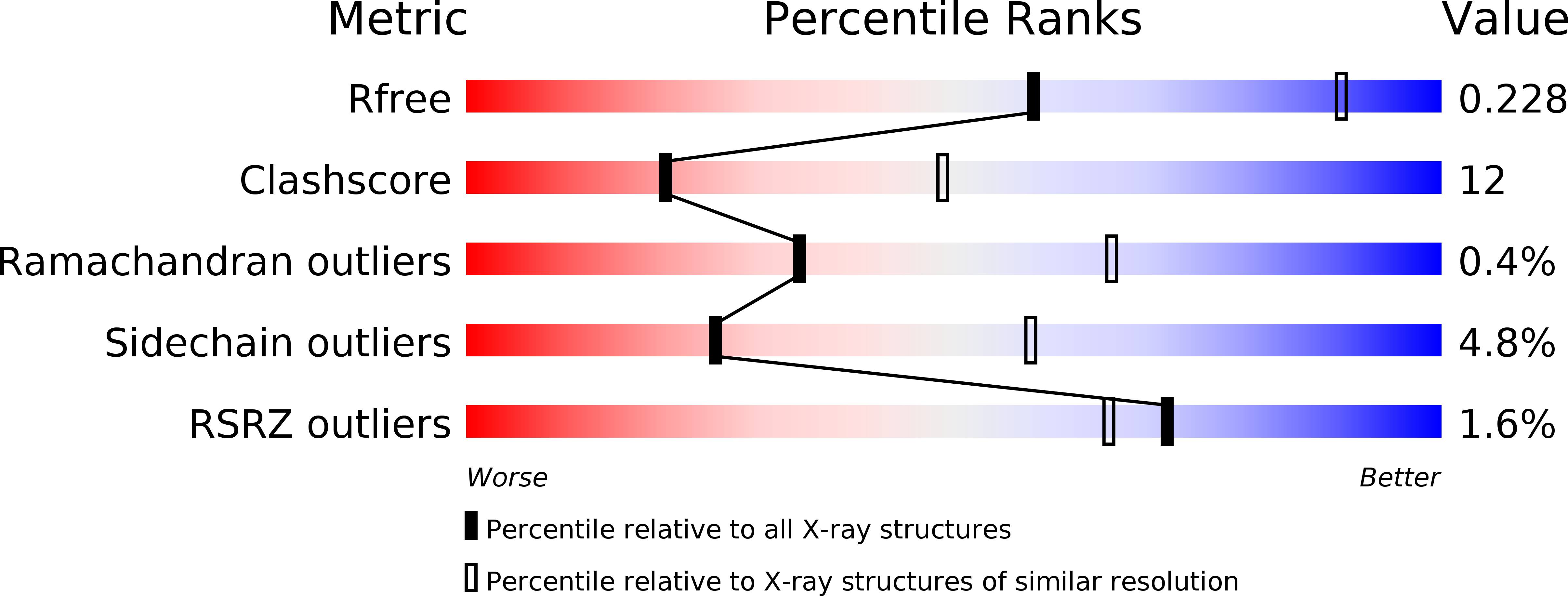
Deposition Date
2011-03-10
Release Date
2011-06-08
Last Version Date
2024-11-27
Entry Detail
PDB ID:
3R1G
Keywords:
Title:
Structure Basis of Allosteric Inhibition of BACE1 by an Exosite-Binding Antibody
Biological Source:
Source Organism:
Homo sapiens (Taxon ID: 9606)
Host Organism:
Method Details:
Experimental Method:
Resolution:
2.80 Å
R-Value Free:
0.26
R-Value Work:
0.22
R-Value Observed:
0.22
Space Group:
P 1 21 1


